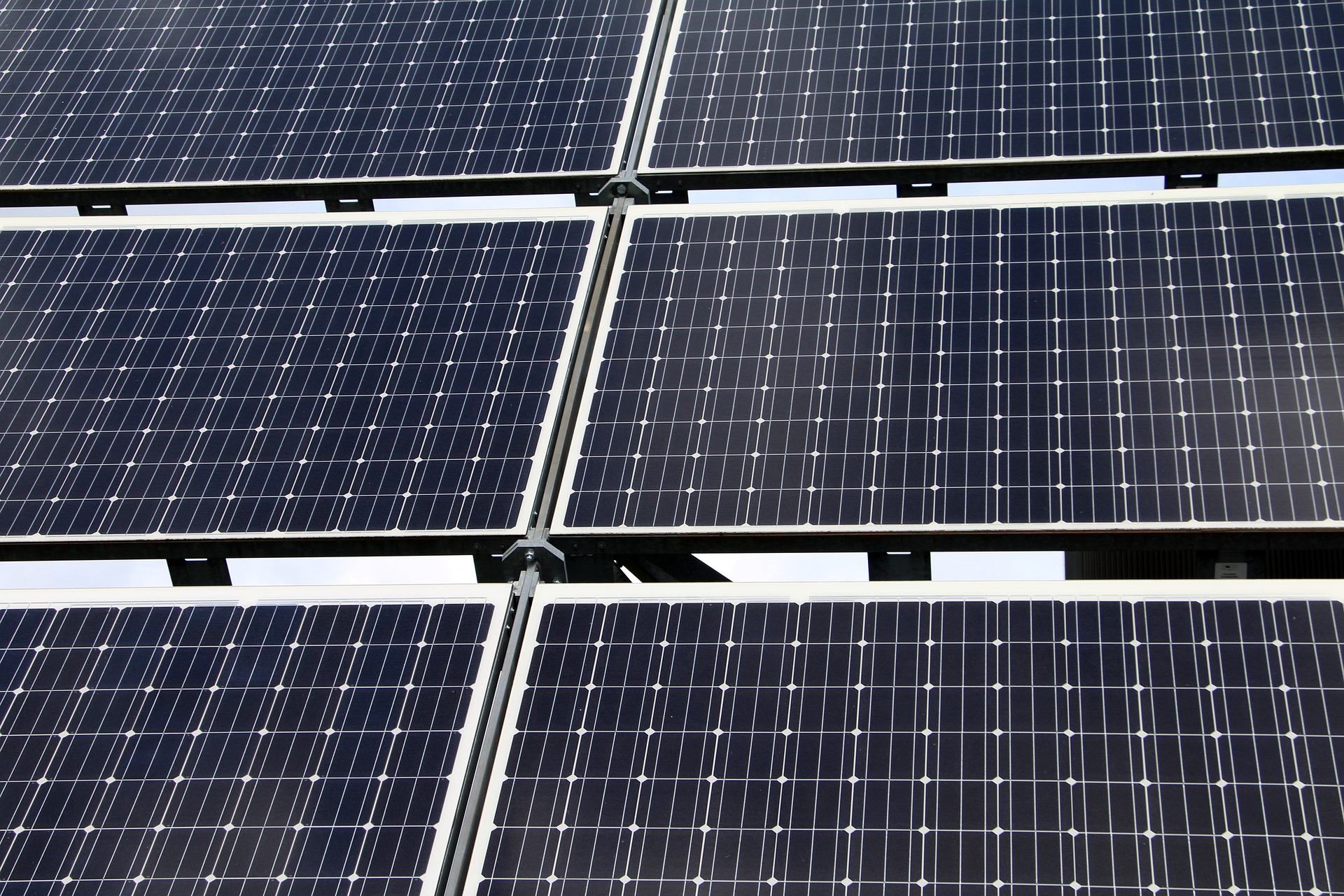Fueling the Future: The Rise of Hydrogen-Powered Cars
From the earliest horseless carriages to today's sleek sedans and powerful SUVs, the automobile has been an enduring symbol of innovation and progress. But as climate change concerns grow, the auto industry is under increasing pressure to find cleaner, more sustainable alternatives to fossil fuels. One such alternative that has been gaining attention is hydrogen fuel cell technology.

A Brief History of Hydrogen Fuel Cells
The concept of the hydrogen fuel cell is not new. In fact, it was first developed in the 19th century by Sir William Robert Grove, a Welsh physicist and judge. However, it wasn’t until the mid-20th century that this technology began to be seriously considered for automotive applications.
In the 1960s, General Motors developed the Electrovan, the first-ever vehicle to use a hydrogen fuel cell for power. However, due to the technology’s high cost and issues with storing hydrogen safely, the project was ultimately abandoned.
Understanding the Technology
Hydrogen fuel cells work by combining hydrogen and oxygen to produce electricity, with water and heat as the only byproducts. This makes them an incredibly clean source of energy, with zero greenhouse gas emissions.
In a hydrogen-powered car, the fuel cell stack is what generates the electricity to power the vehicle’s motor. The hydrogen is stored in high-pressure tanks, and when it’s time to refuel, drivers fill up at a hydrogen station, much like they would at a traditional gas station.
Current Industry Trends
While hydrogen fuel cell technology still faces significant challenges, recent years have seen renewed interest in this clean energy source. Major automakers like Toyota, Hyundai, and Honda have all released hydrogen-powered models, and infrastructure is slowly being built to support these vehicles.
For example, California now has over 40 hydrogen refueling stations, with plans to add more in the coming years. Other countries, like Japan and Germany, are also investing heavily in hydrogen infrastructure.
The Impact of Hydrogen Fuel Cell Technology
The potential benefits of hydrogen cars are clear: they produce zero tailpipe emissions, offer a comparable range to gasoline cars, and can be refueled in minutes. However, there are also significant challenges to be overcome.
One major hurdle is the lack of infrastructure. Currently, there are only around 50 hydrogen refueling stations in the entire U.S., compared to over 150,000 gas stations. Another challenge is the cost. Hydrogen fuel cell vehicles are still significantly more expensive than their gasoline counterparts.
Looking Forward: The Future of Hydrogen Cars
Despite these challenges, many experts believe that hydrogen has a role to play in the future of transportation. As technology advances and economies of scale are achieved, the cost of hydrogen vehicles is expected to come down. Additionally, as more renewable energy is used to produce hydrogen, its environmental benefits will become even more pronounced.
In conclusion, while hydrogen-powered cars may not yet be ready for mainstream adoption, they offer an exciting glimpse into a cleaner, more sustainable future for the auto industry. As we continue to grapple with the realities of climate change, it’s clear that innovative solutions like hydrogen fuel cells will be key to driving progress in the years to come.


